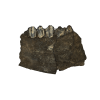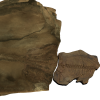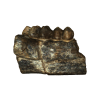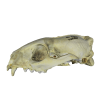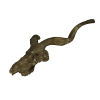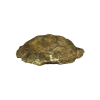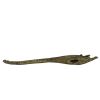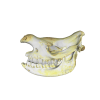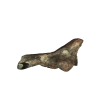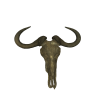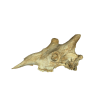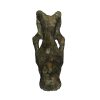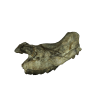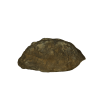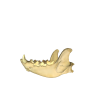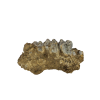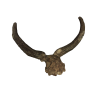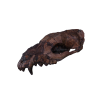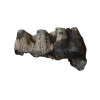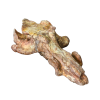Arguably the most successful of proboscidean families, the Gomphotheres were remarkably widespread, taxonomically diverse and temporally extensive. The Gomphotheres probably first appeared in the horn of Africa in the late Oligocene. Gomphotheres subsequently underwent a series of adaptive radiations in the Miocene and persisted in Africa until the late Pliocene.
Anancus kenyensis is the oldest representative of the subfamily in Africa, and consituted a progressively evolving lineage. Evidence for this is documented by directional increase in the complexity of the lophs of the molars. This molar belonged to the anancine Gomphothere called Ananchus ultimus. This species was formerly recognized as an advanced example of Ananchus kenyensis.







